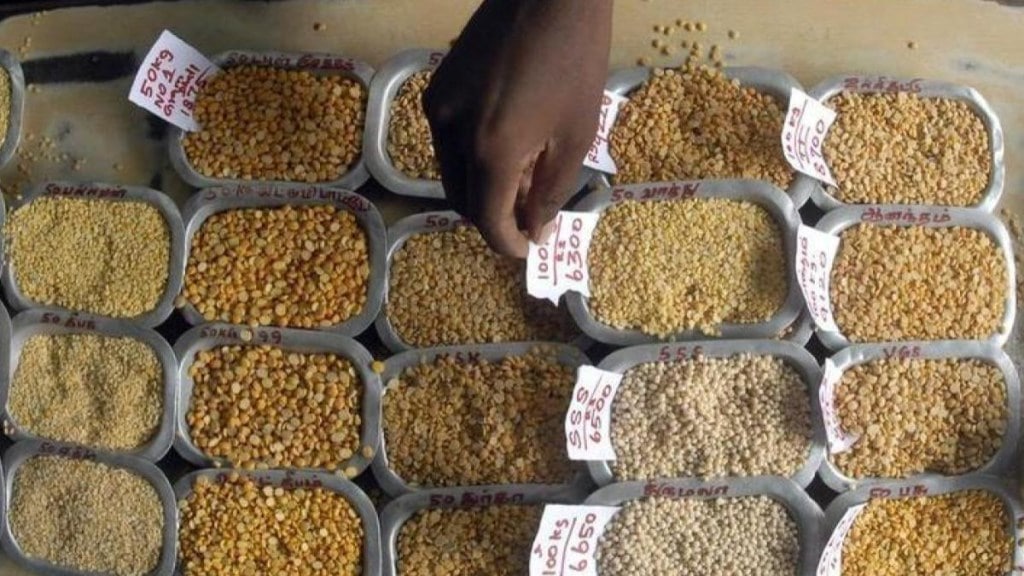The government has set a target of a record foodgrain production of 341.55 million tonne (MT) in the 2024-25 crop year (July-June), which is an increase of around 3% from the 2023-24 crop year, agriculture minister Shivraj Singh Chouhan said on Saturday.
“We plan to achieve record foodgrain production through introduction of high yielding varieties, intercropping, crop diversification, increased area and better agricultural practices,” Chouhan said after the conclusion of the National Conference on Agriculture for Rabi Campaign 2024.
Out of these, rabi season is projected to contribute 164.55 MT of foodgrain production such as rice, wheat, pulses and coarse cereals in the 2024-25 crop year. The foodgrain production for kharif and summer season crops are estimated at 161.37 MT and 2.25 MT respectively
“We would like to ensure that better quality seeds are available to farmers, especially new climate resilient varieties, at the earliest,” he said, adding that the government has started to provide Seed Minikits to farmers.
Above normal monsoon this season has ensured better soil moisture for all the rabi or winter crops, an official said.
Oilseeds production for the 2024-25 crop year is at 44.75 MT, 13% higher compared to 39.66 MT in 2023-24.
Earlier speaking at the conference, Himanshu Pathak, director general of the Indian Council for Agricultural Research, had stated that we could achieve record wheat production of 113.29 MT in the 2023-24 crop year as around 70% of seeds sown were climate resilient varieties.
The wheat production is projected at a record 115 MT in 2024-25. The sowing activities are expected to commence from next month. The output of chana, which has a share of 50% in the country’s pulses production is estimated at a record 13.65 MT for the current crop year.
In the conference held for formulating strategy for the forthcoming rabi crops — mainly wheat, chana, urad, masur, moong, mustard and jowar — six agriculture ministers from states including Punjab, Uttarakhand, Gujarat, Uttar Pradesh, Odisha and Arunachal Pradesh were present, along with 31 other senior officials.
Meanwhile, Chouhan said that a committee will be constituted to look into the huge gap between the procurement prices and retail prices for perishable horticultural crops.”We need to find out factors behind the cost of transportation of fruits and vegetables between farm gate prices and the actual price paid by the consumer,” Chouhan said, adding that the government will find ways to provide assistance in reducing the gap so that both farmers and consumers get remunerative prices without any manipulation.
Stating that efforts are on to ensure that fertilisers in the coming rabi season are available to farmers on time, Chouhan said that while there were no issues with supply of urea, as more than 80% of soil nutrients are produce in the country, there has been some delay in importing Diammonium phosphate (DAP) that has been taking a higher transportation time because of conflicts in the Gulf region.
“We need to move towards organic and natural farming to increase productivity and reduce dependency on chemicals and fertilisers. The aim is to increase per hectare yield while reducing the cost of production and offering genuine prices to the farmers,” Chouhan said.
Meanwhile, the Government is targeting to increase the production of oilseeds from 39.2 MT in 2022-23 to 69.7 MT in 2030-31, increase area under cultivation from the existing 29 million hectare (mH) to 33 mh and improve the yield or productivity from 1,353 kg/ha to 2,112 kg/ha by 2030-31 so that import dependence on edible oil could be reduced.
